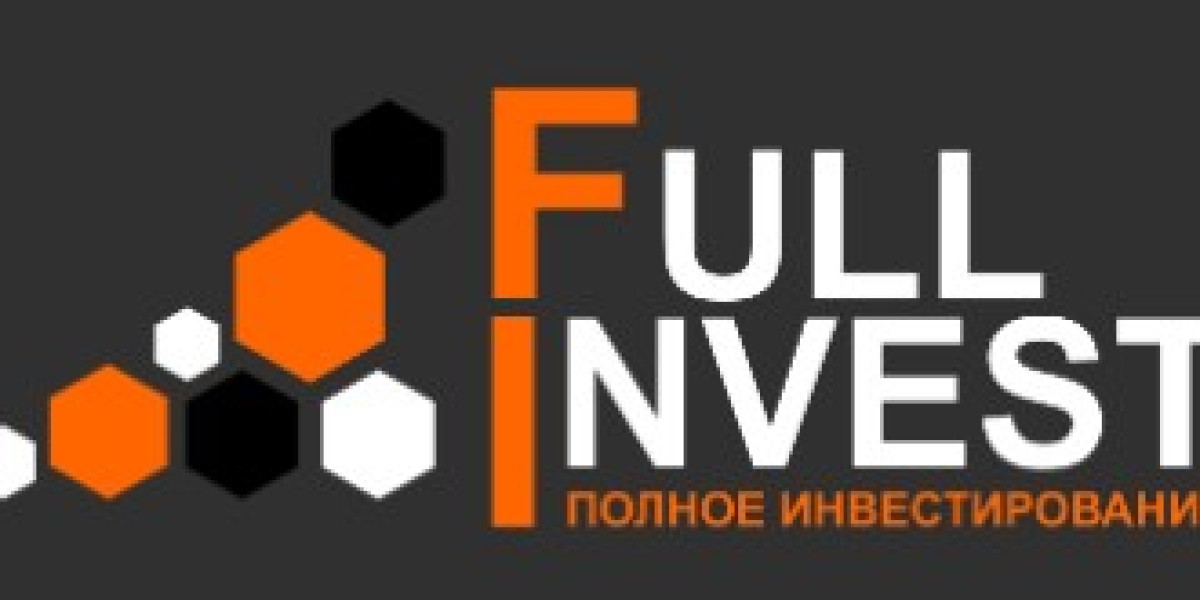Whether you’re launching a bold new startup or scaling a fast-growing enterprise, one decision can make or break your digital product success: your tech stack. Two of the most powerful and popular full-stack frameworks — MERN Stack and MEAN Stack — are leading the way in modern web and app development.
But which one is the right fit for your business goals?
In this guide, we’ll explore the key features, differences, and business benefits of MERN vs. MEAN Stack, so you can confidently choose the framework that best aligns with your project, team, and future growth.
What Are MERN and MEAN Stacks? A Beginner’s Guide
Both MERN and MEAN are JavaScript-based full-stack technologies used to build robust web and mobile applications. They offer end-to-end development frameworks that allow developers to use a single programming language — JavaScript — across all components. While they share a similar core, their primary distinction lies in the front-end technology used. This difference can significantly impact the development process and user experience.
What is the MEAN Stack?
MEAN Stack is a powerful collection of technologies used to build full-stack web applications. The name “MEAN” is an acronym for:
- MongoDB — A NoSQL database used to store data in a flexible, JSON-like format.
- Express.js — A lightweight and fast back-end web application framework for Node.js.
- Angular — A front-end framework developed by Google, perfect for building dynamic and responsive user interfaces.
- Node.js — A JavaScript runtime that lets you run code on the server side.
The MEAN Stack is highly popular among enterprises and large-scale businesses. It’s known for its structured architecture, maintainability, and the ability to build scalable and high-performance applications from front to back using a single language: JavaScript.
What is the MERN Stack?
The MERN Stack is another popular full-stack development technology, especially loved by startups and developers who want more flexibility in UI design. “MERN” stands for:
- MongoDB — A document-oriented NoSQL database.
- Express.js — A back-end web framework running on Node.js.
- React — A JavaScript library developed by Facebook for building interactive and reusable UI components.
- Node.js — A JavaScript runtime for building fast and scalable server-side applications.
The MERN Stack is ideal for building modern, feature-rich web apps with interactive front ends. Developers love it for its component-based structure, fast rendering, and the ease of integrating front-end and back-end using one language — JavaScript.
Shared Strengths of MEAN and MERN
Before diving into their differences, it’s important to acknowledge their shared features:
- JavaScript Everywhere: From client to server to database queries — JavaScript powers all layers, making it easier for full-stack developers to work efficiently.
- Open Source: All technologies in both stacks are open-source, reducing licensing costs and encouraging community-driven improvements.
- MVC Architecture: Both follow the Model-View-Controller architecture, promoting organized, modular, and scalable codebases.
- Cloud Integration: Excellent support for cloud-native development and deployment, ensuring smoother DevOps integration and scalability.
Key Differences Between MERN and MEAN
1. Front-End Approach
- MERN Stack (React): React is a JavaScript library, not a framework. It follows a component-based architecture, offering greater flexibility and performance in handling dynamic content. It also allows developers to use a virtual DOM, improving rendering speed.
- MEAN Stack (Angular): Angular is a comprehensive front-end framework with a complete toolset out of the box. It uses two-way data binding, which ensures real-time synchronization between the model and the view, making it ideal for large-scale enterprise apps.
Verdict: Choose MERN Stack if you’re building high-performance, dynamic single-page applications. Go with MEAN Stack for complex enterprise-grade apps that demand robust features and structure.
2. Learning Curve & Developer Experience
- React (MERN Stack) is lightweight and simpler to learn for those already familiar with JavaScript. Developers can pick and integrate third-party libraries as needed.
- Angular (MEAN Stack) has a steeper learning curve due to its TypeScript dependency and rich feature set, but it offers a more opinionated and structured framework.
Verdict: MERN Stack is often preferred by startups and solo developers for its simplicity and flexibility. MEAN Stack may appeal more to large teams that benefit from built-in architecture and conventions.
3. Performance & Speed
- React’s virtual DOM gives MERN Stack the edge in rendering speed, especially when working with data-heavy, interactive UIs.
- Angular’s two-way binding in MEAN Stack can be slightly slower in complex UIs but offers tight integration with backend logic.
Verdict: MERN Stack is ideal for real-time applications like chat apps, social media platforms, or dashboards. MEAN Stack is more suitable for structured enterprise applications with extensive form validations and routing needs.
4. Ecosystem and Community Support
Both stacks have vibrant communities, extensive documentation, and third-party tools. However:
- React (MERN) will enjoy broader popularity in 2025, especially among modern startups and SaaS companies.
- Angular (MEAN) still holds ground in government, banking, and other industries that prioritize maintainability and standardization.
Use Cases: Where Each Stack Shines
Best Use Cases for MERN Stack:
- Single-page applications (SPAs)
- Social networking platforms
- Real-time collaboration tools (e.g., Google Docs-like apps)
- Progressive Web Apps (PWAs)
- Ecommerce frontends with dynamic product rendering
Best Use Cases for MEAN Stack:
- Large-scale enterprise applications
- ERP & CRM systems
- Financial and legal platforms
- Admin dashboards with complex workflows
- Multi-user content management systems
MEAN vs MERN: Which Tech Stack Is Right for You in 2025?
The decision between MERN and MEAN depends on multiple factors including the size of your development team, the complexity of your application, and your long-term business goals. If your app requires real-time data rendering, a dynamic user interface, or a shorter development timeline, then the MERN Stack is your best bet. However, if your application needs strict architecture, comprehensive features, and enterprise-level stability, the MEAN Stack provides a solid foundation.
Evaluating your project needs at an early stage can save time, resources, and help you avoid future rework.
How a Software Development Company Can Help You Decide
If you’re unsure which stack is right for your specific project, it’s wise to consult a software development company that specializes in both mobile app development and website development. A qualified partner will evaluate your needs, existing tech infrastructure, and long-term goals to recommend the right path.
Why CodeRower is the Right Partner for Your App Development Needs
CodeRower stands out as a modern, agile-driven software development company that excels in delivering full-cycle app development services tailored to your needs.
Whether you’re developing an Android application for a startup or scaling up an existing enterprise platform, CodeRower’s expert team is experienced in both MEAN Stack and MERN Stack development. What makes them truly stand out is their focus on:
- Custom mobile app development
- Clean, scalable, and maintainable code
- Agile methodology and transparent communication
- UI/UX that meets business and user needs
They blend technical expertise with business understanding, helping clients choose the right technology stack and deliver robust, scalable, and future-ready applications.
If you’re looking to kickstart your website and app development journey or need consultation on stack selection, CodeRower is a trusted partner with a proven track record.
Final Thoughts: MERN vs. MEAN — Future-Proofing Your Business
In 2025, both MERN and MEAN remain strong contenders for full-stack development. Your choice depends on project complexity, team skill set, and the kind of user experience you envision.
- Opt for MERN Stack for speed, flexibility, and dynamic interfaces.
- Choose MEAN Stack for structure, scalability, and enterprise-level robustness.
Both stacks will continue evolving, but the key to success lies in aligning your tech decisions with your business vision. With the right tools and the right development partner like CodeRower, your digital transformation journey will be set on a winning path.
FAQs
Q1: Is MERN Stack faster than MEAN Stack?
Yes, especially in terms of front-end rendering and responsiveness, MERN Stack tends to perform better due to React’s virtual DOM and component-based approach.
Q2: Which is better for enterprise apps — MERN or MEAN?
MEAN Stack is often better for large-scale enterprise apps, thanks to Angular’s strong structure, TypeScript support, and built-in tools.
Q3: Can I migrate from MEAN to MERN later?
While technically possible, migrating from Angular to React involves rewriting the front-end. It’s best to make this decision early in your project planning phase.
Q4: Does CodeRower offer development in both stacks?
Absolutely. CodeRower has extensive expertise in both MERN and MEAN stacks, offering customized solutions based on your project requirements and business objectives.








